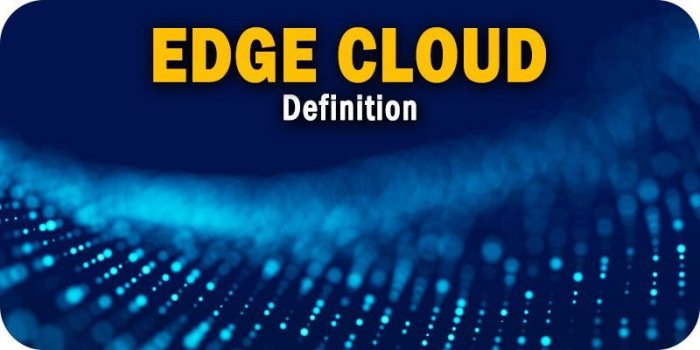K
Kathleen Martin
Guest
We’re at the beginning of a new technology epoch.
The world has been migrating to the cloud – private, public, and hybrid – for nearly 20 years. In the last technological epoch, enterprises have utilized the cloud as a centralized repository where they can economically store and access their data. The cloud has taken over the world, replacing onsite servers and storage, and providing economies of scale. And yet, a fatal flaw with the cloud paradigm lurks.
For years, organizations have moved their data to the cloud while assuming “the cloud is the cloud.” In reality, the cloud is an earth-bound infrastructure, managed in locations around the globe, and made accessible by the internet. Accessible, however, is not the same as ubiquitous. When migrating to the cloud, considerations must be made for which data to send there, the distance between the cloud locations and the users that access them, and technologies that can mitigate some latency along the way.
The cloud tidal wave of the past 20 years has had enterprises believing that ‘the cloud will handle it’ without addressing the physical distance between cloud data centers and users, and the potential for performance, compliance, and productivity problems not only between the clouds but also between users and the cloud. These are some of the hitches that still and likely will always need to be addressed in some form with the cloud.
Fundamentally, when an organization’s data resides in the cloud, it gives up its independence for convenience and affordability. The organization’s data becomes a tenant, usually one of very many in one big cloud. A cloud that can and will occasionally fail, taking every organization’s enterprise data offline with it.
Recognizing that the cloud is a good start but not the final destination, the pendulum is swinging. We are here, on the precipice of the next technological epoch. Organizations are now shifting their focus from a centralized cloud, located out there somewhere, to a decentralized model – edge cloud. Edge cloud is the distributed computing and storage paradigm that includes the deployment of infrastructure and applications outside of centralized data centers, in multiple locations, as close as possible to where data is generated and consumed.
Continue reading: https://solutionsreview.com/cloud-platforms/edge-comouting-definition-and-roadmap-for-the-future/
The world has been migrating to the cloud – private, public, and hybrid – for nearly 20 years. In the last technological epoch, enterprises have utilized the cloud as a centralized repository where they can economically store and access their data. The cloud has taken over the world, replacing onsite servers and storage, and providing economies of scale. And yet, a fatal flaw with the cloud paradigm lurks.
For years, organizations have moved their data to the cloud while assuming “the cloud is the cloud.” In reality, the cloud is an earth-bound infrastructure, managed in locations around the globe, and made accessible by the internet. Accessible, however, is not the same as ubiquitous. When migrating to the cloud, considerations must be made for which data to send there, the distance between the cloud locations and the users that access them, and technologies that can mitigate some latency along the way.
The cloud tidal wave of the past 20 years has had enterprises believing that ‘the cloud will handle it’ without addressing the physical distance between cloud data centers and users, and the potential for performance, compliance, and productivity problems not only between the clouds but also between users and the cloud. These are some of the hitches that still and likely will always need to be addressed in some form with the cloud.
Fundamentally, when an organization’s data resides in the cloud, it gives up its independence for convenience and affordability. The organization’s data becomes a tenant, usually one of very many in one big cloud. A cloud that can and will occasionally fail, taking every organization’s enterprise data offline with it.
Recognizing that the cloud is a good start but not the final destination, the pendulum is swinging. We are here, on the precipice of the next technological epoch. Organizations are now shifting their focus from a centralized cloud, located out there somewhere, to a decentralized model – edge cloud. Edge cloud is the distributed computing and storage paradigm that includes the deployment of infrastructure and applications outside of centralized data centers, in multiple locations, as close as possible to where data is generated and consumed.
Continue reading: https://solutionsreview.com/cloud-platforms/edge-comouting-definition-and-roadmap-for-the-future/

